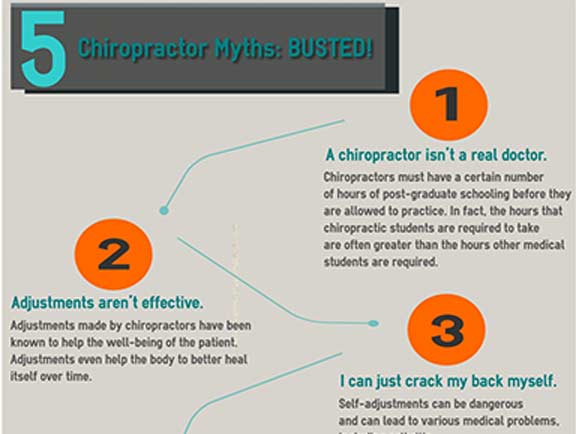The Function Of Pose In Pain In The Back: Tips For Achieving And Keeping Good Alignment Throughout Your Day
The Function Of Pose In Pain In The Back: Tips For Achieving And Keeping Good Alignment Throughout Your Day
Blog Article
just click the up coming web site -Williford Bennett
Preserving proper pose isn't nearly sitting up directly; it has to do with aligning your body in a way that sustains your spine and decreases the risk of back pain. The means you sit, stand, and move throughout the day can dramatically impact your spine health. But just how specifically can you make sure good positioning regularly, also throughout active days filled with numerous tasks? Allow's delve deeper right into the subtle yet impactful modifications you can make to your everyday routine to keep your back happy and healthy and balanced.
Relevance of Correct Stance
Proper posture is essential in maintaining a healthy and balanced back and preventing discomfort. When you sit or stand with great pose, your spinal column is in positioning, lowering stress on your muscle mass, tendons, and joints. This positioning enables the body to disperse weight evenly, preventing excessive anxiety on specific areas that can bring about discomfort and pain. By maintaining your back correctly aligned, you can likewise enhance your breathing and digestion, as slouching can press organs and limit their capability.
In addition, preserving great stance can improve your total appearance and positive self-image. When you stand tall with your shoulders back and head held high, you show confidence and appear more friendly. chiropractor nyc can additionally make you really feel more energized and alert, as it advertises appropriate blood flow and allows your muscular tissues to function effectively.
Integrating correct pose right into your day-to-day routine, whether sitting at a workdesk, strolling, or exercising, is crucial for protecting against neck and back pain and promoting overall well-being. Keep in mind, a small modification in just how you hold yourself can make a considerable difference in how you really feel and work throughout the day.
Common Postural Mistakes
When it involves preserving great pose, many people unconsciously make common blunders that can add to pain in the back and discomfort. One of one of the most widespread mistakes is slumping over or hunching over while sitting or standing. This placement places extreme strain on the spinal column and can bring about muscular tissue imbalances and discomfort in the future.
Another typical blunder is overarching the reduced back, which can flatten the all-natural curve of the spine and cause discomfort. Additionally, going across legs while sitting might really feel comfortable, but it can develop an imbalance in the hips and pelvis, resulting in postural issues.
Making use of a pillow that's too soft or also solid while resting can additionally influence your alignment and add to back pain. Last but not least, continuously craning your neck to consider screens or readjusting your position often can strain the neck and shoulders. Being mindful of these common postural errors can help you maintain far better placement and decrease the threat of pain in the back.
Tips for Correcting Placement
To enhance your positioning and decrease back pain, it's essential to focus on making small modifications throughout your day-to-day routine. Beginning by bearing in mind your posture. When sitting, ensure your feet are level on the floor, your back is straight, and your shoulders are kicked back. Avoid slouching or leaning to one side. Use ergonomic chairs or cushions to sustain your reduced back.
When standing, distribute your weight uniformly on both feet, keep your knees a little bent, and embed your hips. Involve your core muscle mass to sustain your back. Take breaks to stretch and walk around if you have a less active task. Include exercises that reinforce your core and back muscle mass, such as planks or bridges.
While sleeping, use a cushion that sustains the natural contour of your neck to preserve appropriate spinal positioning. Prevent sleeping on your belly, as it can strain your neck and back. By bearing in mind these suggestions and making small adjustments, you can progressively fix your placement and minimize back pain.
Final thought
Remember, maintaining great posture is essential to stop pain in the back and advertising back health. By bearing in mind your positioning, dispersing weight equally, and engaging your core muscular tissues, you can minimize stress on your back and decrease the danger of pain and injury. Include ergonomic assistance, take regular breaks to stretch, and strengthen your core and back muscles to maintain correct positioning throughout the day. Your back will thanks for it!
